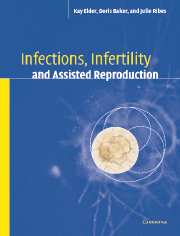Preface
Published online by Cambridge University Press: 29 October 2009
Summary
The world of microbes is intrinsically fascinating. Microbes are abundant in every place on earth where larger living creatures exist, and they can also thrive in habitat extremes where no other kind of organism can survive for long: from deep under the sea to the stratosphere – up to 32 km in the atmosphere, in oil formations and in hot telluric water. It is estimated that the total biomass of microbes probably exceeds that of all the plants and animals in the biosphere. This biomass is predominantly composed of bacteria, and these microorganisms play a crucial role in recycling much of the organic material in the biosphere. Despite their minute size, microorganisms carry out all the fundamental processes of biochemistry and molecular biology that are essential to the survival of all living species. Although their size may give them the illusion of being ‘primitive’, their range of biochemical and biophysical capabilities is far wider than that of higher organisms. One of their most important properties is adaptability and versatility, a key feature in their long history of evolution. Fossil records suggest that at least some members of the microbial world, oxygen-producing cyanobacter-like organisms, had evolved 3.46 billion years ago (Schopf, 1993); a viable fungus, Absidia corymbifera, was recovered from the right boot that accompanied the frozen, well-preserved prehistoric corpse, ‘Ice Man’, aged approximately 5300 years (Haselwandter & Ebner, 1994).
- Type
- Chapter
- Information
- Infections, Infertility, and Assisted Reproduction , pp. xiii - xviPublisher: Cambridge University PressPrint publication year: 2004



